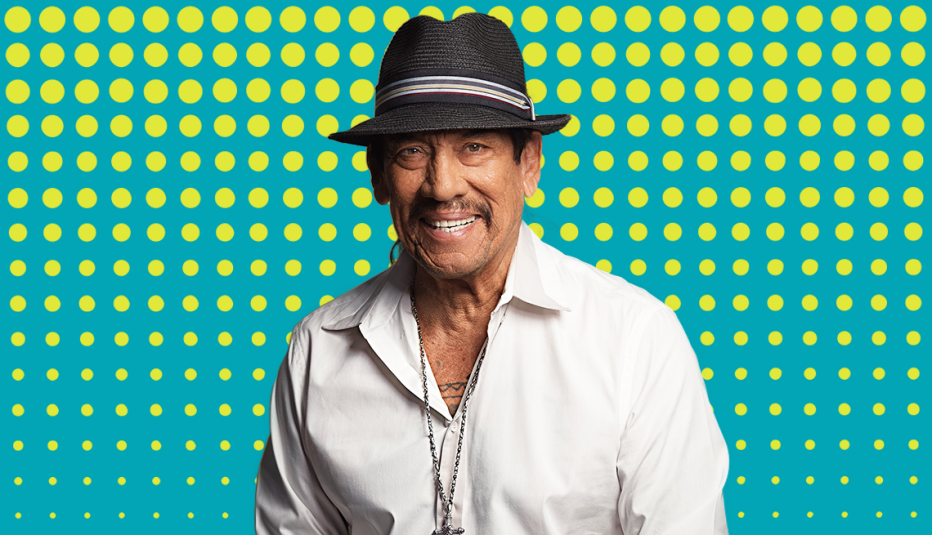AARP Hearing Center


Actor Danny Trejo is better known for his movie roles wielding a machete or a gun than a chef’s knife. The acclaimed actor, 78, has starred in dozens of films, including Desperado, Heat, From Dusk Till Dawn, Con Air and Grindhouse — but the Los Angeles native has also been building a restaurant empire. Trejo’s Tacos, which he opened in L.A. in 2016, has expanded to five locations, including Trejo’s Cantina in Hollywood, and he also sells sweets at Trejo’s Coffee & Donuts. And now he’s releasing his second cookbook, Trejo’s Cantina: Cocktails, Snacks & Amazing Nonalcoholic Drinks From the Heart of Hollywood (April 2023).
Cantinas — small Mexican bars that serve drinks and food — played a prominent role in Trejo’s childhood. He would visit them after attending church on Sunday and hang out with his dad and uncles sharing spreads of unfussy snacks and talking about life. Trejo experienced drug addiction and eventually served time in prison, but the times he spent at cantinas were a respite from his troubled life. Today, Trejo celebrates these traditional Mexican spots and gives homage to the people who inspired his recipes, including his familia and even those who served with him in prison.
The book touches on his life on screen and behind bars, his sobriety and why cantina food is fun. A natural storyteller, each chapter of Trejo’s life sets the stage for the recipes and offers guiding principles on how to cook with ingenuity and gratitude. The book contains colorful anecdotes, tips for stocking a pantry with Mexican classics and ingredients for delicious booze-free cocktails — plus the secrets to recreating quintessential cantina vibes for toda la familia.
AARP spoke to Trejo about his cooking inspirations, how film and television led him to the restaurant business and the importance of living a healthy lifestyle. This interview has been edited and condensed for clarity.
How did you get started cooking?
Actually, in prison, we learned how to make spreads out of nothing. You got a Top Ramen and put bologna in it. Everybody would go to the yard on Saturday, Sunday, for the guys who didn’t have visits and we’d have a spread. Everybody would bring their dish and you would sit down and have this spread. It was kind of familia, you know, kind of camaradas — a real warm time. And it’s still the same. For me, when I go to the cantina or when I go to one of (my) restaurants, it’s the same as like a house. It’s like, “welcome to my spread.”



































































You Might Also Like
Jamie Oliver Wants to Make Life Easier With ‘One: Simple One-Pan Wonders’
Chef’s newest cookbook highlights simple and inexpensive meals
Puerto Rican Cookbook Blends History, Diversity
Illyanna Maisonet’s ‘Diasporican’ showcases adaptability of territory’s cooking — on and off the island‘All About Cookies’ Features Unique and Daring Recipes
Milk Bar maven Christina Tosi treats readers to wonderland of taste and texture